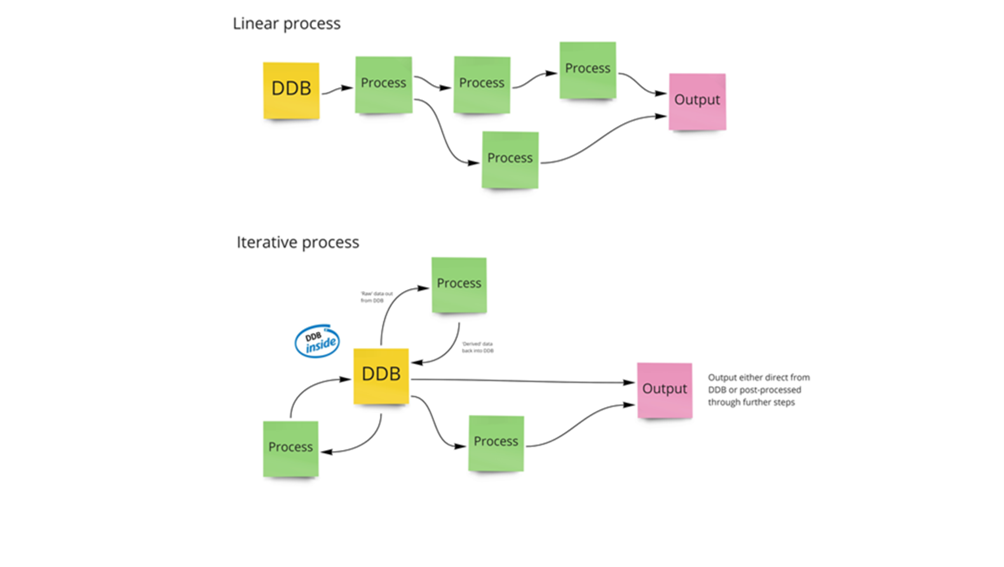# What is Digital Design Brief (DDB)?
DDB is a platform to store and manage design parameters, decisions and choices - the essential data that allows us to recreate our design. DDB has version control and quality assurance to provide a live record for our project teams.
It is accessible through web browsers and automation tools via open API (application programming interface) routes for a standardised interface to enable consistent, re-usable data driven processes.

# What issues does DDB tackle? 💪
Engineering projects are often large and complex, with data scattered, duplicated, and difficult to find. It can be hard to identify where data has come from and errors that arise from miscommunication and poor data storage can be costly.
Common issues include:
- How do we ensure everyone is using the same values from the same source?
- How can we see if the values have been changed?
- How do we know if values have been checked?
Digital Design Brief addresses these issues as it tidies up our data storage so project teams can capture, store, and transfer information consistently across projects. The layout and structure of this data will be the same for all projects, globally, which will enable better collaboration and will ease the onboarding process for our projects.
# The Benefits ✅
The benefits of using DDB include:
- Project data being stored in a single central location
- Version history and quality assurance (QA) for all data and decisions
- Data can be connected to automation tools such as Automated Reporting and DesignCheck calculations
- Reusable processes
- Consistent collection of data for insights from projects' initiatives
# How can DDB be used for automation?
DDB can be used as a single source of truth for project input data. This data can be served to other tools and trusted automation processes such as Automated Reporting, calculations in Grasshopper and dashboards in Power BI. This will save substantial resource, reduce errors, and allow for much more transformative changes in the way we work.
Our 'raw' project data can be stored, processed, and then fed back into DDB. This can be chained to further processes to iterate further as more derived data is fed back into the database.
The image below shows a model of how DDB is expected to be used alongside other automation tools to take inputs, generate new data, and feed this into our deliverables.

# Who will DDB help?
| Role | Benefit |
|---|---|
| Project Manager | "I can easily see all project data which I can track and approve. I have the data readily available to defend my position and can trust my data is accurate because of the Quality Assurance process." |
| Project Engineer | "I can access and input reliable data. I only need to enter data once in a single place and can see when the data I am using has changed." |
| Project Checker | "I can see the context to the data and understand where it has come from. I have a record of what has changed and have access to all data." |